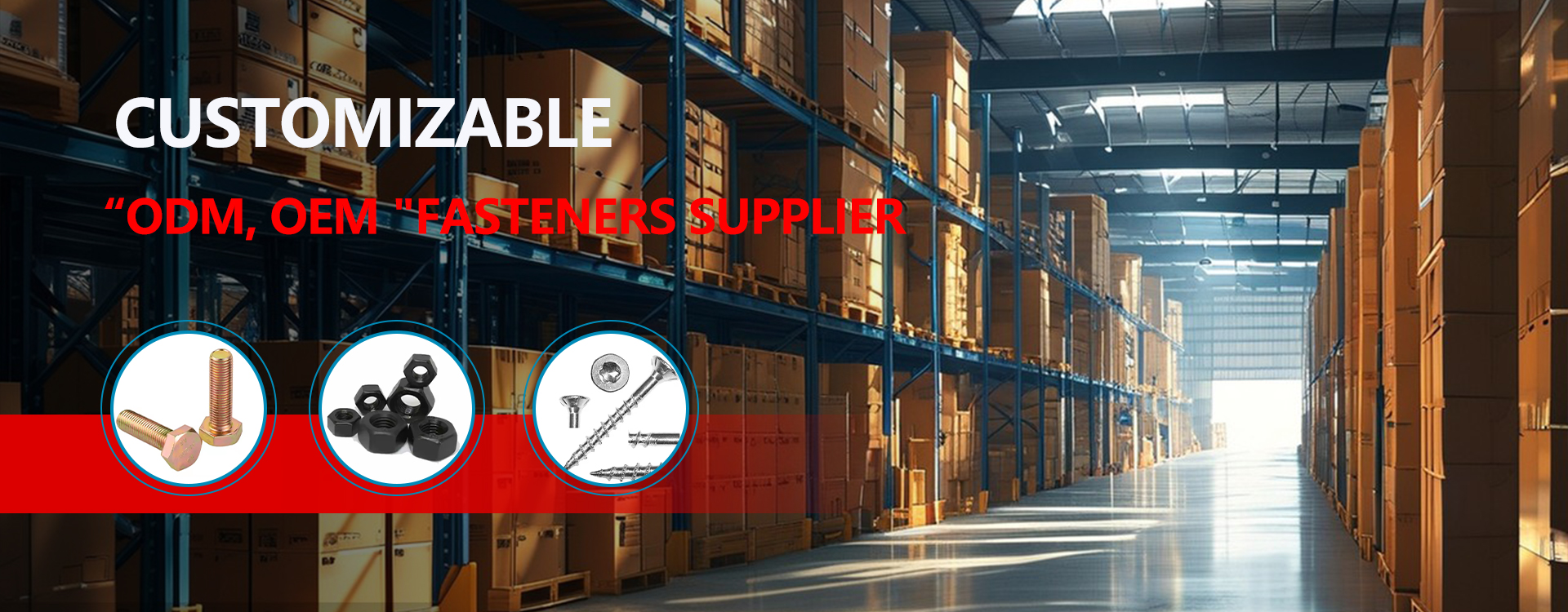

Choosing the right screw for drywall is crucial for a successful installation. This guide provides a detailed overview of different types of drywall screws, their applications, and factors to consider when making your purchase. We'll cover everything from screw size and material to installation techniques and tips for avoiding common mistakes.
These are the most common type of screw for drywall, typically made of steel with a self-tapping point. They come in various lengths and head types (e.g., pan head, bugle head) to suit different applications. Sheetrock screws are known for their strength and ease of use. Consider the thickness of your drywall when selecting length.
These screws feature a built-in washer that helps to distribute pressure and prevent the drywall from cracking. This is particularly useful for thicker drywall or when working with brittle materials. Washers can provide a more secure and aesthetically pleasing finish. They are particularly beneficial when using hardboard or other high density materials, improving the grip and reducing the possibility of the head pulling through.
For specific projects, you might need specialty screws like self-drilling drywall screws (which require no pre-drilling), or screws designed for use with metal studs. Always check the manufacturer's specifications to ensure compatibility.
The length of the screw for drywall depends on the thickness of the drywall and the framing material. As a general rule, the screw should penetrate the framing member by at least half an inch. Using a screw too short may result in an unsecured fitting. The wrong screw length can also impact aesthetic quality.
The screw head type also matters: Pan head screws are ideal for most applications, while bugle head screws provide a slightly countersunk finish, creating a recessed appearance. Selecting the right screw head type and matching it to the appropriate screw driver bit is an essential step.
Using the correct screw driver and applying even pressure is essential for preventing damage to the drywall. Pre-drilling pilot holes can also be helpful, especially for thicker drywall or harder woods. Always check your screw length before driving it in to avoid inadvertently damaging anything beyond the drywall. For particularly thick drywall, you might want to consider using a longer screw and a pilot hole to make the installation smoother and more secure.
You can typically find a wide selection of drywall screws at home improvement stores, hardware stores, and online retailers. Comparing prices and selecting a supplier with good reviews is recommended. Remember to consider the quantity needed for your project, especially if it's a large-scale one.
For high quality drywall screws and other construction materials consider Hebei Muyi Import&Export Trading Co.,Ltd They offer a wide range of options for different projects.
| Drywall Thickness (inches) | Recommended Screw Length (inches) |
|---|---|
| 1/2 | 1 |
| 5/8 | 1 1/4 |
| 1 | 1 1/2 |
Note: This table provides general recommendations. Always consult the manufacturer's instructions for specific applications.

Please enter your email address and we will reply to your email.